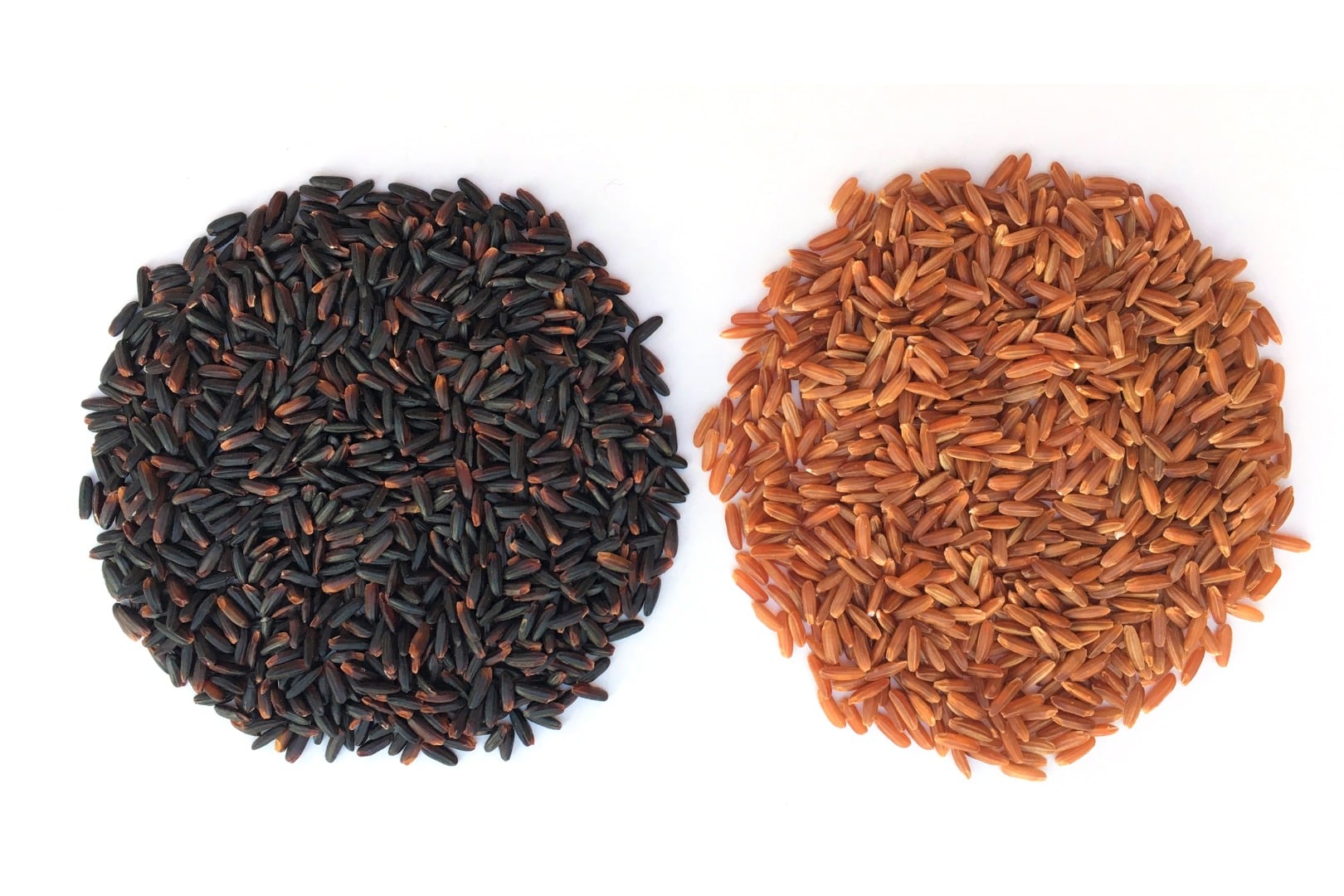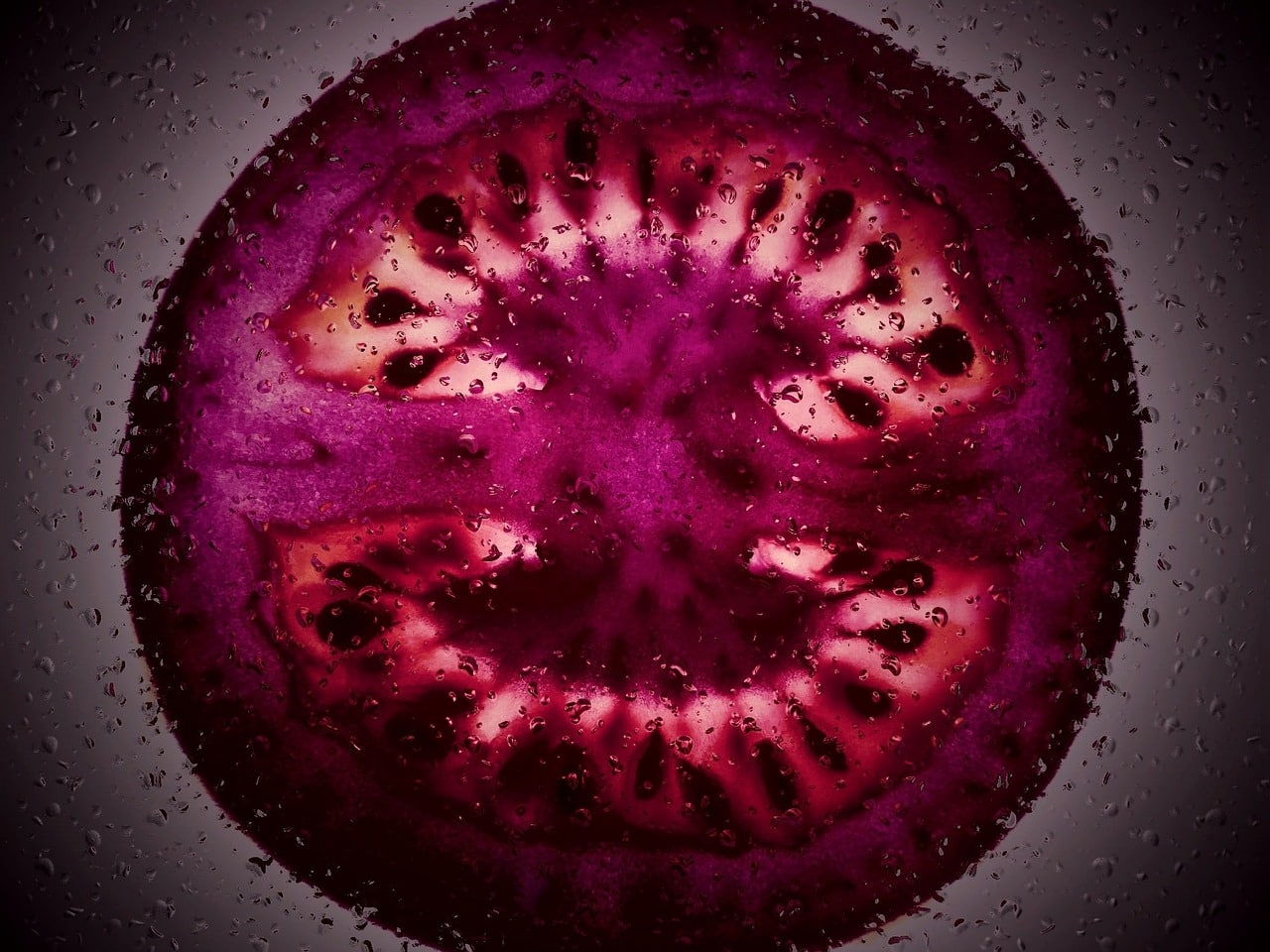The USDA Agricultural Research Service (ARS) announced the release of two newly-developed purple and red varieties of rice. Not only do they have new, striking colors, but the novel grain pack a nutritional punch and offer farmers a new opportunity, according to a release from the USDA.
The latest addition is a purple rice variety called the USDA-Tiara.
Specifically, USDA researchers started looking at different varieties to help American farmers enter an important market. While Americans can buy colored rice varieties, the supply chain is predominantly grown overseas according to Anna McClung, a research geneticist at the Dale Bumpers National Rice Research Center in Stuttgart, Ark.
“This is an opportunity for our domestic growers to have access to that market, which has greater economic potential than white milled rice,” she said in the release. “The pigments that are purple and red are just like the pigments that you find in grapes and berries and different fruits and vegetables, and some of those compounds — tannins, flavonoids, and phenolics — have been shown to have antioxidant properties, which have a potential health-beneficial effect.”
The purple rice varieties originally came from Asia, where in certain areas it was known as “the emperor’s rice,” the Chinese viewed it as a beneficial dish for pregnant women and the ill. McClung worked on breeding the variety over the last 15 years that was the parent of the new Tiara strain.
The red rice — named “Scarlett” by McClung — was the first red rice bred for commercial production in the U.S. According to McClung, growers were hesitant in the past to grow it as it was regarded as a weed. McClung wanted to see if the rice could have something to offer — especially genetically.
“We found that the weedy species had yield-enhancing genes that we’d lost somewhere along the way,” McClung said.
Flavor-wise, in comparison to normal rice varieties, the expression is “more readable, attractive and relevant,” according to Glenn Roberts, a grower who grows it on his Anson Mills operation.
“My view is that as climate change advances, we’re going to be looking for more plant-based culinary options in general,” Roberts said in the release. “In an increased plant-based environment, you want a rice that’s fast in and out of the field, that will stand well, that’s unique, and that is absolutely high-yielding. Anna’s put out two rices that yield like a bandit, they’re quick in and out of the field, and they have unique culinary properties.”










